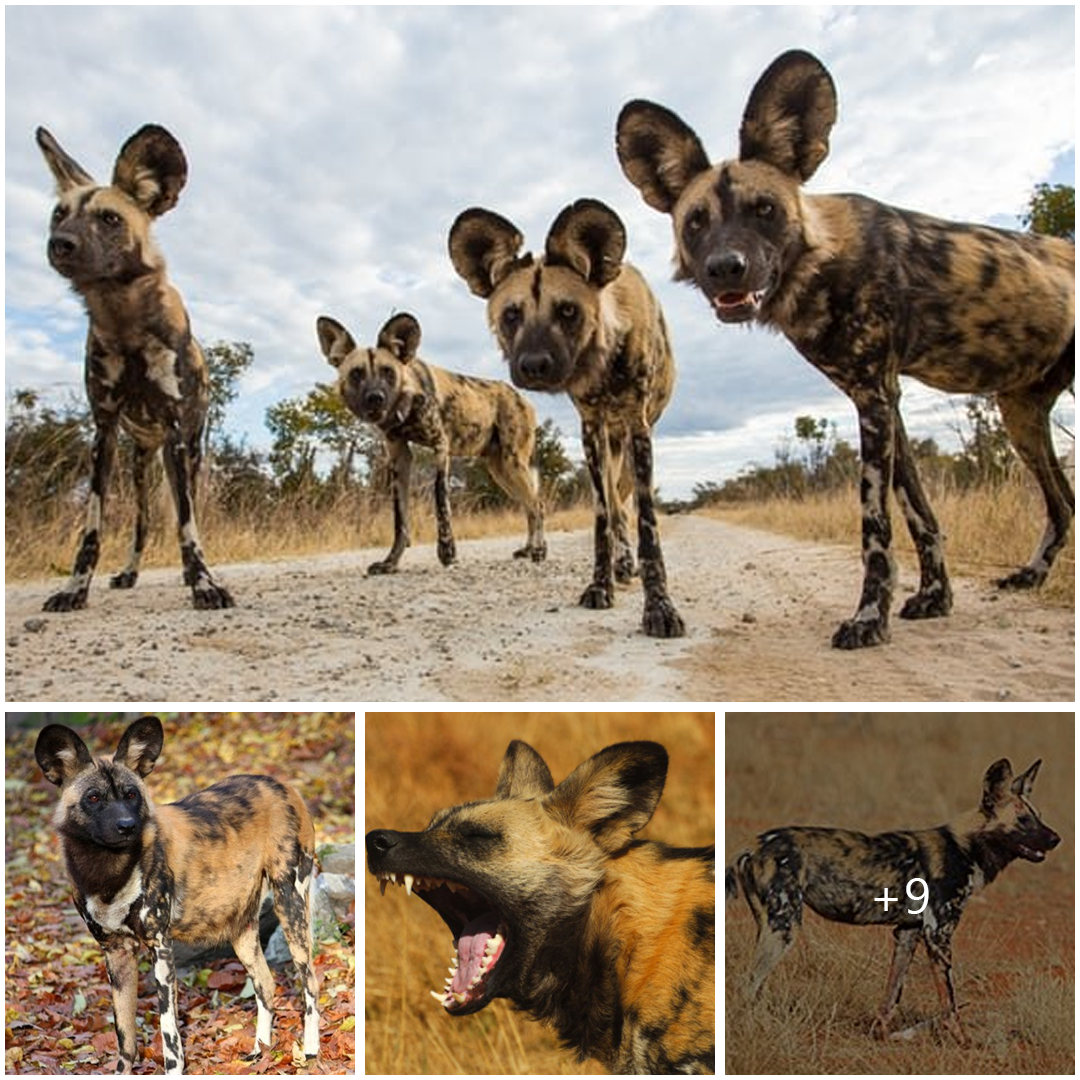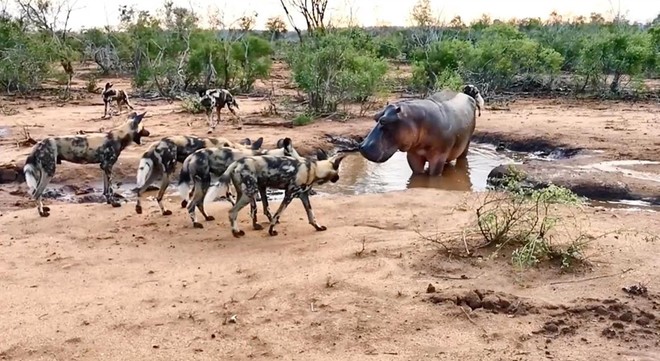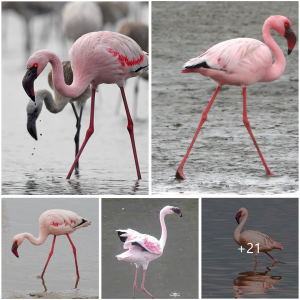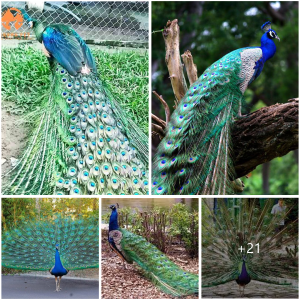
African Wild Dogs: Guardians of the Savannah’s Secrets
In the vast and untamed landscapes of Africa, one of the continent’s most enigmatic creatures roams free – the African Wild Dog. With its distinctive coat and complex social structure, this elusive predator embodies the raw spirit of the African wilderness and plays a vital role in maintaining the delicate balance of its ecosystems.
Distinctive Appearance: The African Wild Dog, scientifically known as Lycaon pictus, is instantly recognizable by its mottled coat of yellow, black, and white patches, giving it a unique and striking appearance. Its large, rounded ears and bushy tail are further distinguishing features, perfectly adapted to life in the savannah.
Pack Dynamics: Unlike solitary predators, African Wild Dogs are highly social animals, living in close-knit packs led by an alpha pair. Within these packs, individuals exhibit remarkable cooperation and communication, working together to hunt, raise young, and defend territory. This complex social structure ensures the survival and success of the group as a whole.

Efficient Hunters: African Wild Dogs are among Africa’s most efficient hunters, relying on teamwork and strategy to bring down prey. Using coordinated tactics and remarkable stamina, they pursue their quarry over long distances, often wearing down their prey through sheer persistence. Their success rate in hunting far exceeds that of solitary predators, making them formidable apex predators in their ecosystems.
Conservation Challenges: Despite their importance to African ecosystems, African Wild Dogs face numerous threats to their survival. Habitat loss, human-wildlife conflict, and disease outbreaks, such as canine distemper and rabies, pose significant challenges to their populations. Conservation efforts focused on habitat preservation, anti-poaching measures, and community-based initiatives are essential for safeguarding the future of these majestic predators.
Cultural Significance: In many African cultures, African Wild Dogs hold symbolic significance, often revered as symbols of strength, unity, and resilience. Their presence in folklore and mythology reflects the deep connection between humans and wildlife, highlighting the importance of coexistence and mutual respect in traditional societies.
Conclusion: In the intricate web of life on the African savannah, the African Wild Dog stands out as a symbol of resilience, cooperation, and natural beauty. Through its distinctive appearance and complex social behavior, it captures the imagination of all who encounter it, reminding us of the vital role predators play in maintaining the health and balance of ecosystems. As guardians of the savannah’s secrets, African Wild Dogs serve as ambassadors for the wild places they call home, inspiring us to protect and preserve Africa’s natural heritage for generations to come.







